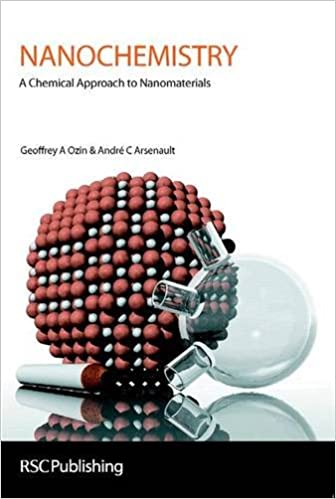

Most ebook files are in PDF format, so you can easily read them using various software such as Foxit Reader or directly on the Google Chrome browser.
Some ebook files are released by publishers in other formats such as .awz, .mobi, .epub, .fb2, etc. You may need to install specific software to read these formats on mobile/PC, such as Calibre.
Please read the tutorial at this link. https://ebooknice.com/page/post?id=faq
We offer FREE conversion to the popular formats you request; however, this may take some time. Therefore, right after payment, please email us, and we will try to provide the service as quickly as possible.
For some exceptional file formats or broken links (if any), please refrain from opening any disputes. Instead, email us first, and we will try to assist within a maximum of 6 hours.
EbookNice Team

Status:
Available0.0
0 reviews
ISBN 10: 184755895X
ISBN 13: 9781847558954
Author: Geoffrey A. Ozin, Andre´ C. Arsenault and Ludovico Cademartiri
International interest in nanoscience research has flourished in recent years, as it becomes an integral part in the development of future technologies. The diverse, interdisciplinary nature of nanoscience means effective communication between disciplines is pivotal in the successful utilization of the science. Nanochemistry: A Chemical Approach to Nanomaterials is the first textbook for teaching nanochemistry and adopts an interdisciplinary and comprehensive approach to the subject. It presents a basic chemical strategy for making nanomaterials and describes some of the principles of materials self-assembly over 'all' scales. It demonstrates how nanometre and micrometre scale building blocks (with a wide range of shapes, compositions and surface functionalities) can be coerced through chemistry to organize spontaneously into unprecedented structures, which can serve as tailored functional materials. Suggestions of new ways to tackle research problems and speculations on how to think about assembling the future of nanotechnology are given. Primarily designed for teaching, this book will appeal to graduate and advanced undergraduate students. It is well illustrated with graphical representations of the structure and form of nanomaterials and contains problem sets as well as other pedagogical features such as further reading, case studies and a comprehensive bibliography.
nanochemistry: a chemical approach
nanochemistry a chemical approach to nanomaterials pdf
a natural approach to chemistry answers
a natural approach to chemistry chapter 5 answers
a natural approach to chemistry answer key
Tags: Geoffrey Ozin, Andre Arsenault, Ludovico Cademartiri, A Chemical Approach